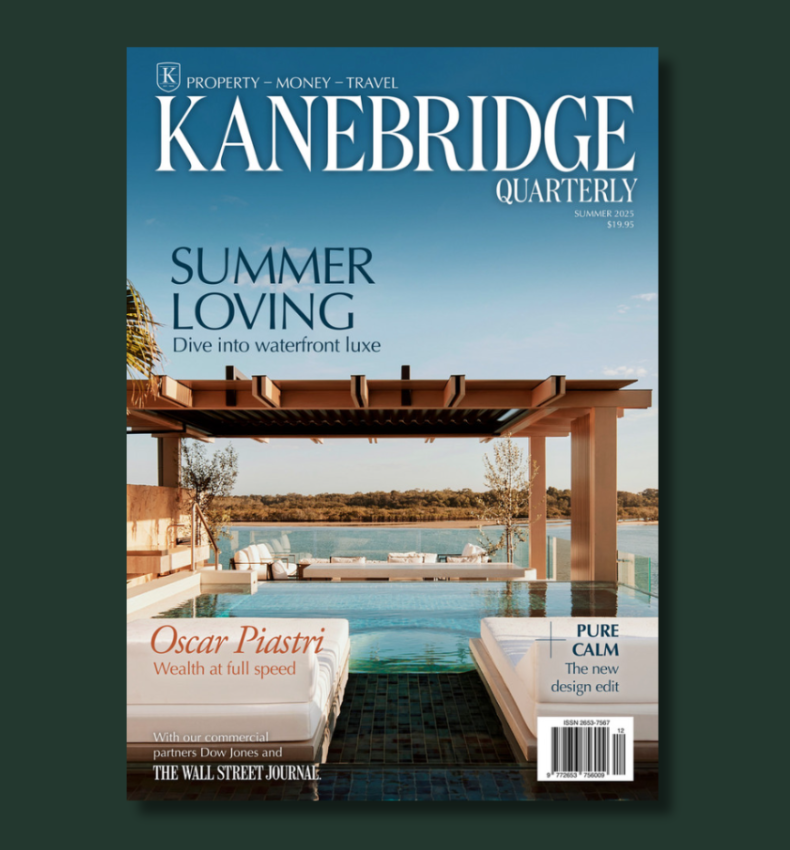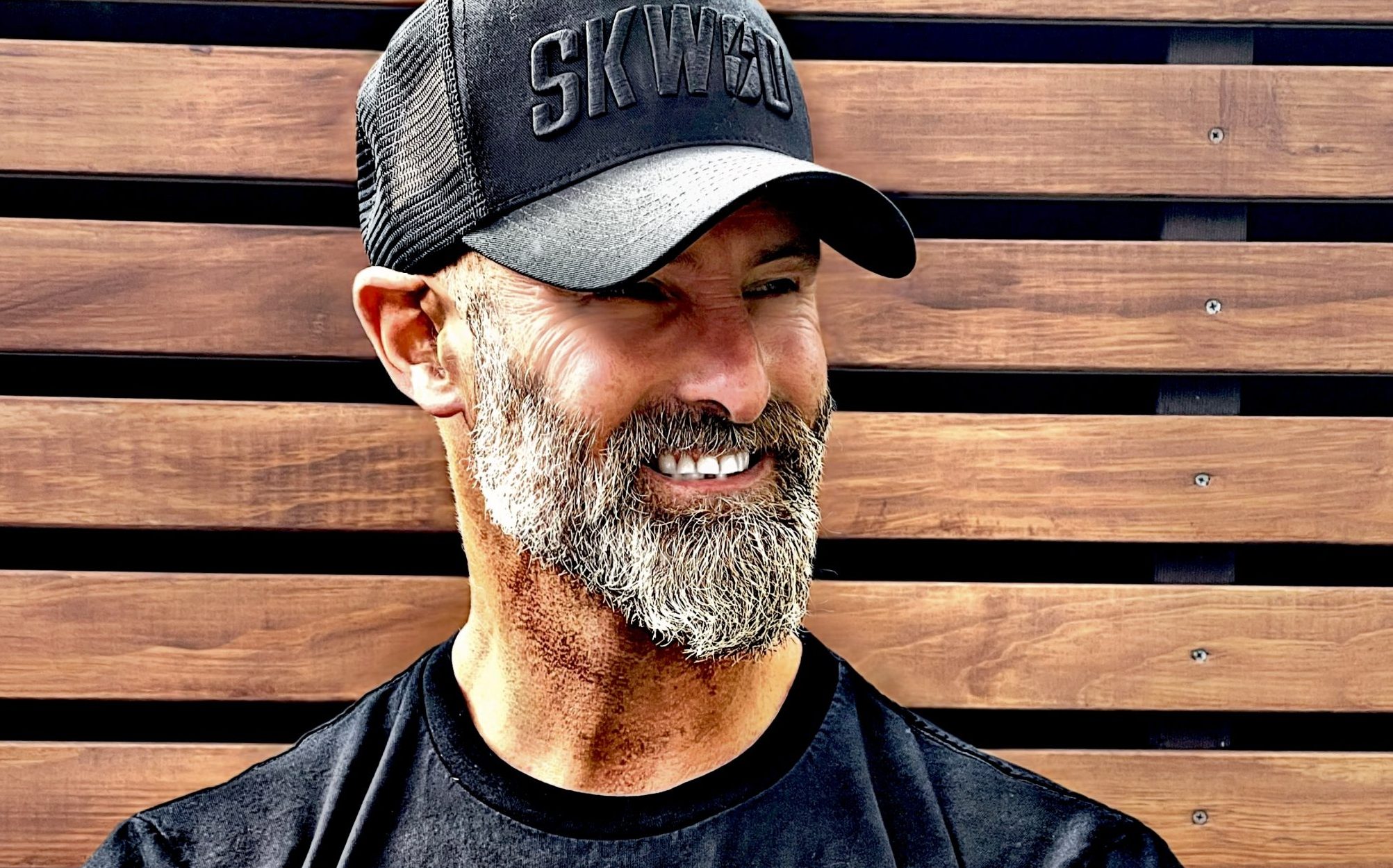World Economy on Track for Slight Pickup as Inflation Is Tamed
In its quarterly report on the economic outlook, the OECD said it now expects global output to increase by 3.2% in 2024 and again in 2025
Falling interest rates and recovering real wages will help drive a slight pickup in global economic growth this year and next, while recent falls in oil prices could aid the final push to tame inflation, the Organization for Economic Cooperation and Development said Wednesday.
However, the Paris-based research body warned that “comparatively benign” projections may not come to pass, with uncertainties remaining about how large an impact high interest rates will have on demand in the months ahead, while an escalation of the conflicts in the Middle East could push oil prices sharply higher.
In its quarterly report on the economic outlook, the OECD said it now expects global output to increase by 3.2% in 2024 and again in 2025, having grown by 3.1% last year. That was a slight upgrade from the 3.1% growth it forecast in May, and a sizable revision from the 2.7% expansion it expected to see when it published forecasts at the end of 2023.
The U.S. is largely responsible for that better performance, but India and Brazil are also growing more rapidly than expected, as is the U.K. By contrast, Germany and Japan have disappointed, with the former now forecast to hover on the brink of stagnation this year, and the latter to experience a small contraction.
However, despite the improved outlook for growth, and inflation rates that the OECD expects to fall to central-bank targets by the end of next year, consumer confidence has yet to pick up significantly, which would give a further boost to growth.
The OECD said that persistent dissatisfaction with economic performance, which is not limited to the U.S., is likely linked to the fact that food prices remain well above their pre-pandemic levels.
“There is a disconnect between how the economy is perceived and how the economy is doing,” said Alvaro Pereira , the OECD’s chief economist. “For people who go to the supermarket, food prices relative to wages are still higher.”
In the U.S., the gap between food-price and wage inflation between the end of 2019 and the second quarter of this year was roughly four percentage points. But that gap was much wider in large European economies, and above 15 percentage points in Germany. In South Africa, it was above 20 points.
The recent fall in oil prices may help offset some of that dissatisfaction, and boost a global fight to tame inflation that appears to be in its final stages. The OECD estimated that the 10% decline since July would knock half a percentage point off the global rate of inflation, if it were to be sustained. But it is far from certain that it will be.
“If the conflict in the Middle East escalates, this will have an impact on energy prices,” Pereira said.
Should escalation be avoided, the OECD said further falls in oil prices could allow for a faster reduction in central-bank interest rates than it currently expects, and boost growth in countries that don’t produce oil.
With inflation rates set to fall further, the OECD said central banks should lower their key interest rates, but in a manner that is “carefully judged” to ensure price rises continue to slow. It expects the Federal Reserve’s key rate to fall by a further 1.5 percentage points by the end of 2025, while the European Central Bank’s key rate is forecast to fall by 1.25 percentage points.
The Paris-based body said the interest-rate rises that central banks announced in 2022 and 2023 to counter a surge in inflation continue to weigh on growth, although with diminishing force.
But it noted that many households and businesses continue to see the interest rates they pay rise as their debts mature and they enter into new contracts. The OECD estimated that almost a third of rich-country corporate debt is due to mature in 2026, with new debt issued to replace it likely paying a higher rate of interest.
The OECD left its forecast for U.S. growth in 2024 unchanged at 2.6%, and also retained its 4.9% projection for China. Pereira said the package of stimulus measures announced by the Chinese government Tuesday could lead to a “slight” upward revision when the OECD next releases growth forecasts in early December.
 Copyright 2020, Dow Jones & Company, Inc. All Rights Reserved Worldwide. LEARN MORE
Copyright 2020, Dow Jones & Company, Inc. All Rights Reserved Worldwide. LEARN MORE
A long-standing cultural cruise and a new expedition-style offering will soon operate side by side in French Polynesia.
The pandemic-fuelled love affair with casual footwear is fading, with Bank of America warning the downturn shows no sign of easing.
The pandemic-fuelled love affair with casual footwear is fading, with Bank of America warning the downturn shows no sign of easing.
The boom in casual footware ushered in by the pandemic has ended, a potential problem for companies such as Adidas that benefited from the shift to less formal clothing, Bank of America says.
The casual footwear business has been on the ropes since mid-2023 as people began returning to office.
Analyst Thierry Cota wrote that while most downcycles have lasted one to two years over the past two decades or so, the current one is different.
It “shows no sign of abating” and there is “no turning point in sight,” he said.
Adidas and Nike alone account for almost 60% of revenue in the casual footwear industry, Cota estimated, so the sector’s slower growth could be especially painful for them as opposed to brands that have a stronger performance-shoe segment. Adidas may just have it worse than Nike.
Cota downgraded Adidas stock to Underperform from Buy on Tuesday and slashed his target for the stock price to €160 (about $187) from €213. He doesn’t have a rating for Nike stock.
Shares of Adidas listed on the German stock exchange fell 4.5% Tuesday to €162.25. Nike stock was down 1.2%.
Adidas didn’t immediately respond to a request for comment.
Cota sees trouble for Adidas both in the short and long term.
Adidas’ lifestyle segment, which includes the Gazelles and Sambas brands, has been one of the company’s fastest-growing business, but there are signs growth is waning.
Lifestyle sales increased at a 10% annual pace in Adidas’ third quarter, down from 13% in the second quarter.
The analyst now predicts Adidas’ organic sales will grow by a 5% annual rate starting in 2027, down from his prior forecast of 7.5%.
The slower revenue growth will likewise weigh on profitability, Cota said, predicting that margins on earnings before interest and taxes will decline back toward the company’s long-term average after several quarters of outperforming. That could result in a cut to earnings per share.
Adidas stock had a rough 2025. Shares shed 33% in the past 12 months, weighed down by investor concerns over how tariffs, slowing demand, and increased competition would affect revenue growth.
Nike stock fell 9% throughout the period, reflecting both the company’s struggles with demand and optimism over a turnaround plan CEO Elliott Hill rolled out in late 2024.
Investors’ confidence has faded following Nike’s December earnings report, which suggested that a sustained recovery is still several quarters away. Just how many remains anyone’s guess.
But if Adidas’ challenges continue, as Cota believes they will, it could open up some space for Nike to claw back any market share it lost to its rival.
Investors should keep in mind, however, that the field has grown increasingly crowded in the past five years. Upstarts such as On Holding and Hoka also present a formidable challenge to the sector’s legacy brands.
Shares of On and Deckers Outdoor , Hoka’s parent company, fell 11% and 48%, respectively, in 2025, but analysts are upbeat about both companies’ fundamentals as the new year begins.
The battle of the sneakers is just getting started.
From the shacks of yesterday to the sculptural sanctuaries of today, Australia’s coastal architecture has matured into a global benchmark for design.
A 30-metre masterpiece unveiled in Monaco brings Lamborghini’s supercar drama to the high seas, powered by 7,600 horsepower and unmistakable Italian design.























